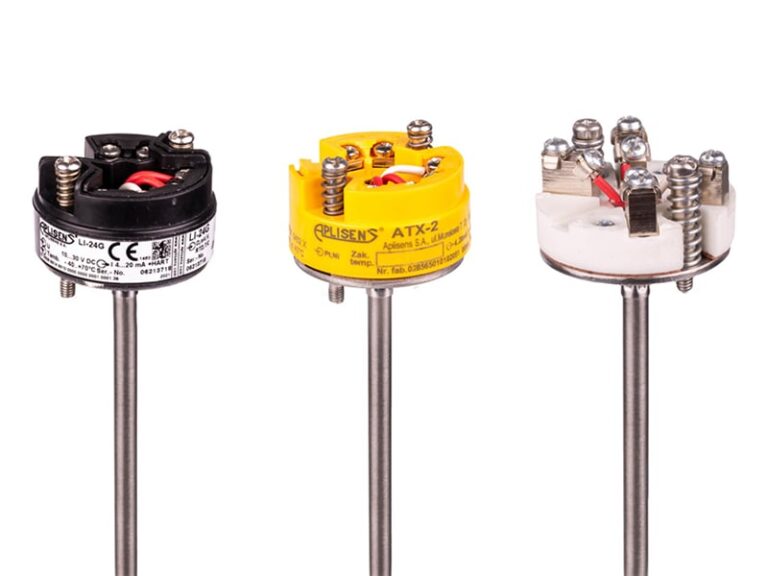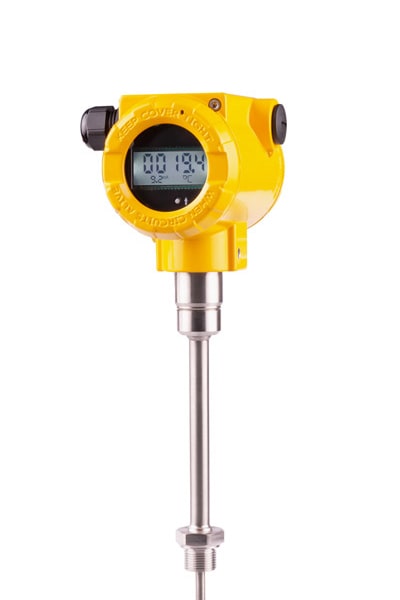
What is the difference between transmitter and sensor?
Definition of transmitter and sensor
Have you ever heard the words transmitter? What about the sensor? Most of us have heard the name of sensor for different applications. Today, sensors are used in many cases, including car manufacturing, building construction, robotics, etc. In this article, we intend to examine the difference between the sensors and transmitters used in the industry with you.
sensor
A sensor is a device that receives a physical quantity such as temperature, pressure, or flow as a signal and converts it into an electrical element in volts or millivolts (mv). In other words, it can be said that the sensor is able to convert a physical quantity into another type of quantity such as electrical quantity.
In fact, the sensor uses a sensor that is a kind of electrical instrument to measure and scale all physical and chemical changes, and then it will convert the obtained result into electrical signals. With this device, you can receive information about the external environment. In order to be able to use this measured value and the signal produced in the industry correctly; We must convert it into a signal in ampere-hours (ah), because the output of the sensor cannot be directly connected to the controller due to its resistance.
After converting this signal, we will send it to the control room and its value will be checked by the expert operator, and if necessary, necessary actions will be taken.
How is this quantity conversion done in places such as industrial sites, refineries, factories, etc., which require accurate and fast calculation on a regular and continuous basis? This is where transmitters come in! If you are not familiar with transmitters, for a better understanding and more familiarity with transmitters and their types, first read the article “What is a transmitter? | 0 to 100 transmitters”.
In the picture below, you can see a variety of sensors manufactured by AppliSense.

transmitter
in general; A transmitter is a device that can measure a physical quantity such as temperature, pressure, level, current, etc. and send its value as a signal in ampere-hours to a specific destination, which is usually the control room. to do
Transmitters are used in many different industries, such as oil, gas, petrochemical, steel, pharmaceutical, etc., which display different quantities and values according to the needs of that industry. It can be said that wherever there is a need for automation and industrial control, the presence of transmitters will be much more colorful.
What components are transmitters made of?
Transmitters consist of 5 parts, which are:
- Board
- Case
- display (LCD)
- Transducer
- sensor
Yes, you saw it right, sensor!
Sensors are an integral part of transmitters. In general, we can say that they convert physical energy into electrical signals, while transmitters process these electrical signals and send them in ampere-hours (A/H).
How does the transmitter display the signal in terms of A/H?
Transmitters usually display their output signals as voltage or current. These signals can be in a certain range of voltage or current values, which are usually 4 to 20 mA or 4 to 20 V.
To express pressure in A/H units (commonly used for air pressure), a conversion formula is used. This formula is determined by the transmitter manufacturer. For example, suppose the conversion formula is:
Pressure (bar) = 16 / (output signal (mA) – 4)
Here, if we have the output signal as, for example, 12 mA, the pressure value is calculated by inserting the signal value (12) into the formula:
Pressure (load) 0.5 = 8/16 = 16/(4-12)
Therefore, the pressure is equivalent to 0.5 bar. This process is used to convert the output signal of the transmitter into a pressure value with the unit A/H (bar or barcell).

